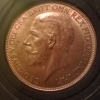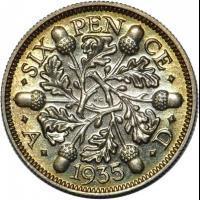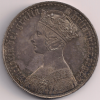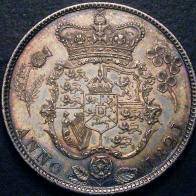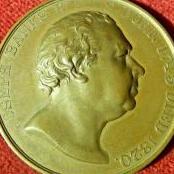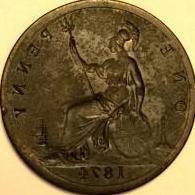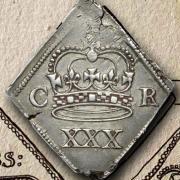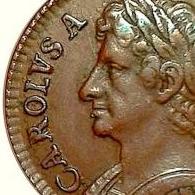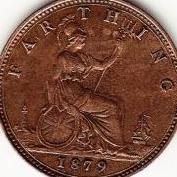I only found this forum today, but I like to try to identify short-cross cut halves, so first post...
Firstly, there were a series of moneyers with the name Willelm operating throughout the short-cross series; some even had a letter after their name to differentiate them (Willelm B, L & T).
From the portrait I'm 99% certain that the first coin is a class 5b or 5c of John, which means that it could have been minted at Chichester, Kings Lynn or London. On closer inspection of the obverse I think it's actually class 5b1).
The second is much more difficult, but the portrait looks like a class 5 or class 6, so the king is either John or Henry III. .The last letter of the moneyer's name is definitely D, so after a quick scan of Wren I think that the possible moneyers are Arnavd (class 5 London and Canterbury), Hernavd (Class 5 Canterbury), Renavd (Class 5 Norwich and York) and Roberd (Class 5 Northampton), although the other partial letter looks more like a V than an R, so I'd discount Roberd.
I may be able to get a better ID tomorrow when I get a chance to refer to my copy of Mass, which I find essential for IDing short-cross coins.
 Coinpublications.com
Coinpublications.com
